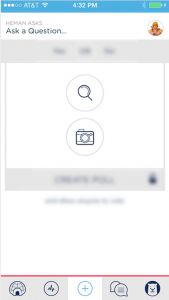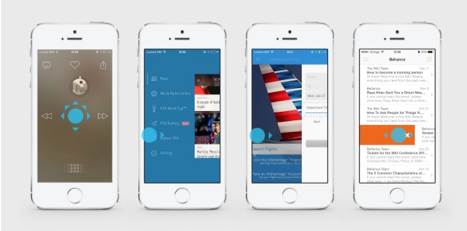What if we could go back in time to the 80s and invest in the PC tech boom on the ground floor? Unfortunately we can’t, but one present-day equivalent is educational technology: a burgeoning, constantly evolving business–and it’s just getting started. Each year, technology gets more and more entrenched in the educational experience, whether it’s the rising prominence of mobile devices, or the use of iPads in schools everywhere from Beverly Hills to India. Within a decade, the amount of money venture firms invested into ed-tech startups has quadrupled from $600 million annually in 2012, to an estimate of over $1 billion in 2015. There is not only a need for technology, but at all 4,600 colleges in the US, there are million-dollar budgets dedicated to educational technology. By getting into the game today, one can entrench herself in the educational process and make major profit by becoming a part of a business which will not only sustain, but evolve with technology.
The number one educational technology tool utilized by every college is a Learning Management System, or LMS. The LMS functions as a centralized web system for all academics, supporting syllabus creation, online test-taking, announcements, assignments, and integrated with instructional technology tools.
While Blackboardmaintains the majority of the LMS business, more and more leading universities are seeking alternatives, and the competition is scant–the only major LMS solutions on the market are Blackboard, Canvas by Infrastructure, and Desire2Learn. LMS solutions can charge in a variety of ways. Some charge based on how many users, some based on how many courses are necessary, and others charge an annual site license fee. LMS solutions, like IOS, are constantly evolving with new versions. The money continuously roles in each year, making LMS a crucial money-maker in the educational technology industry.
Mobile seems to be the keyword when it comes to education in 2014. Whereas previously smartphones were the enemy of the instructor, an all-to-easily accessible distraction, schools across the world are now using mobile devices to enhance the state of learning and create a more interactive classroom. For example, Student Response systems have become prevalent in higher education, allowing instructors to interact with students to collect and aggregate data on the fly. Student Response systems generally use clickers, but recently, companies such as Poll Everywhere have developed apps which allow students to use their mobile phones as clickers, making it easier to collaborate. There is a major demand for creating mobile and tablet apps which allow instructors to interact with students. The key to developing educational apps is not to create for the individual, but rather to create a platform for collaboration. The best teachers involve the students. We retain more wisdom out of experience than we do out of textbooks. If one creates a useful, convenient platform for mobile collaboration, money will be made.
The beauty of educational technology applications is that they are easy to market since people love to give them publicity. If a company creates a useful, innovative tool, the blogosphere takes notice, and because colleges are constantly competing, the effective technologies spread like wildfire–meaning major growth and profit for a new and innovative product. Technologies designed for schools can also be rebranded for businesses and even governments. When an educational app serves multiple purposes, the customer base grows, as does the profit.
Technology and higher education are staples of American culture and have evolved rapidly in the past 10 years without showing signs of stopping. Get into the educational technology game now, execute effectively, and watch as you yield major profit and visibility for your company.
At Mystic Media, we’re always looking for the next big vertical. When called upon, our mobile development, marketing, and web design services will give your business the tools to succeed. With our expertise, we can make your application idea, education or otherwise, a reality living up to its fullest potential.
To learn more about our services contact us today at www.mysticmediasoft.com or by phone at 801.994.6815.


